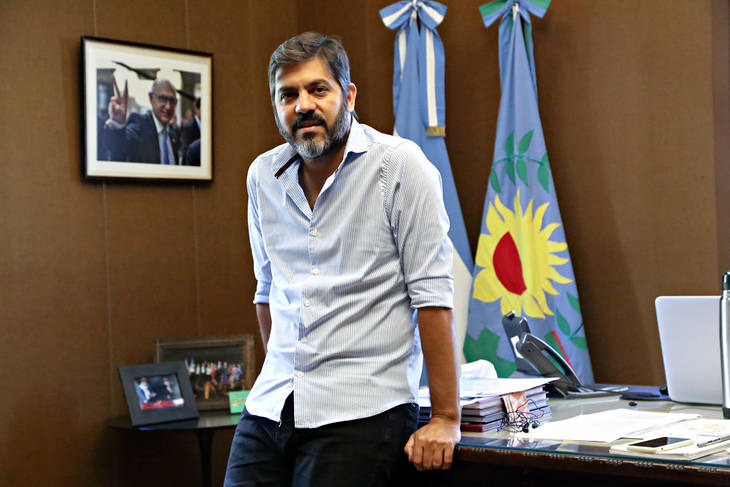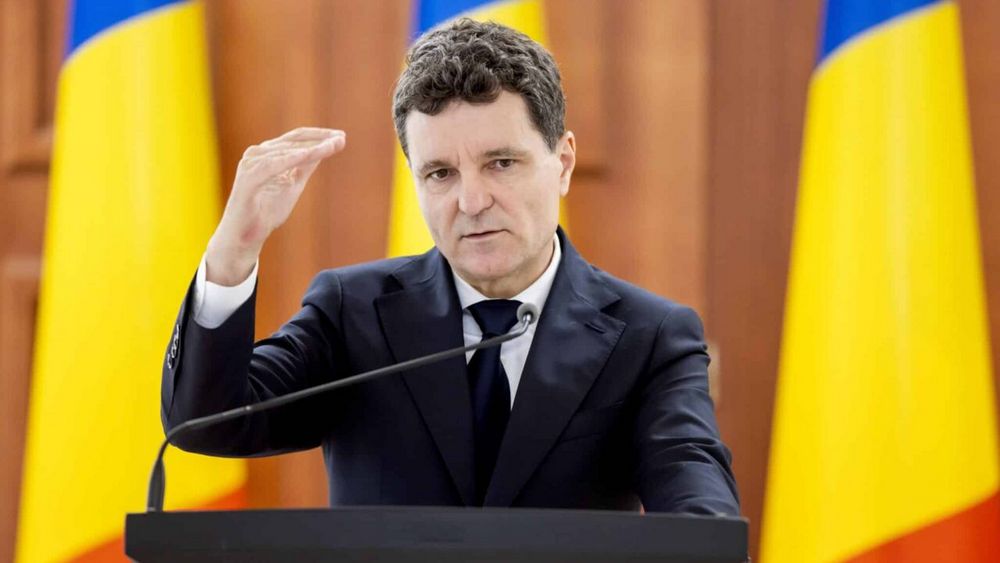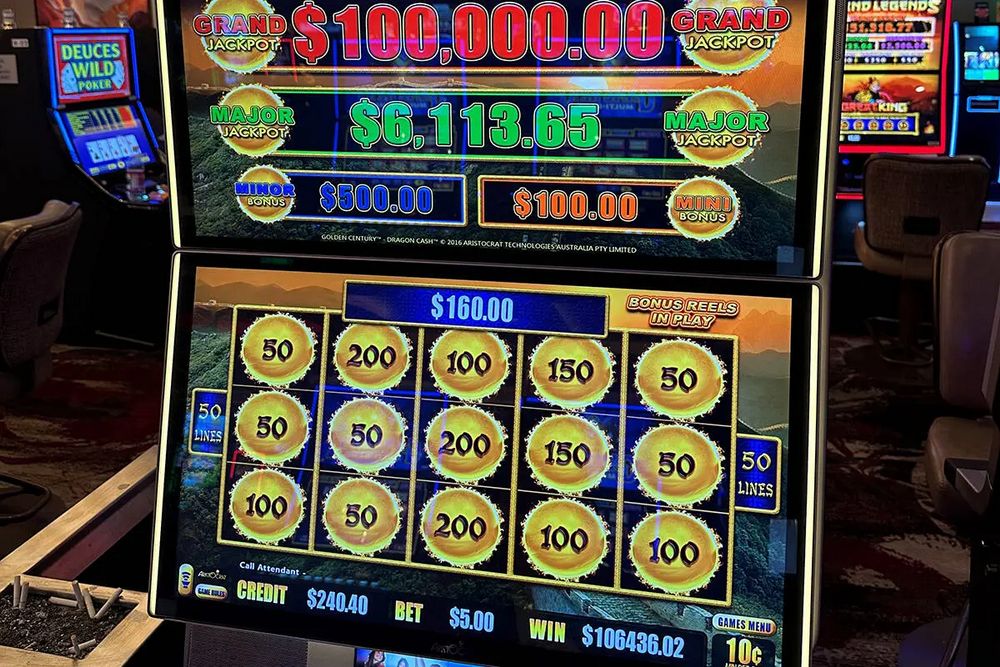Today is a year since the "mandatory social immobilization" was announced in Peru and the consequent closure of businesses and industries for 15 days, with the entire string of extensions that have reached us until today.
Coincidentally, the Peruvian government has determined that casinos and slot machines can operate again, with greatly reduced capacity in most provinces, as of today.
What challenges does this pose? Although it is a dim light at the end of the tunnel, the task is still quite complicated. Let us remember that in 2020, in August, the news slipped that it was likely to open in that month or in September. And it was not a fake news, it was simply the reading that could be made of the erratic facts, which gradually a government without direction was giving us.
With a published protocol, the appropriate investments were made in biosanitary adaptation, technical service for machines that were off for six months, etc. Time passed and the authorization did not arrive. The regime fell and the green light was only given, in December, 4 months late. This, per se, was a very strong blow. But it was accentuated when the Ministry of Health, at the last minute and without objective explanation in between (as has been the constant throughout this time), decided to increase the social distance from 1.5 to 2 meters and several the capacity of 50 % to 40%.
That is, to what has been done and prepared since August, modifications had to be applied with the consequent expense. To this, add the payment of overdue obligations with the electricity supply companies, internet, drinking water, etc.
Along the way, during the first 30 days, only 50% of the rooms managed to open. And when the numbers began to accompany in a better way, the capacity reduction to 30% was established and, days later, a new closing. I mean, a horror movie script that even Stephen King couldn't have written better.
Today, 45 after that last closure, we can return to operating with variable capacity, according to the province, between 20% and 40%. Lima has, for now, 20%. Without being understandable, it could be justifiable if we find that other businesses with the same or greater risk factor have the same capacity. But no, it happens that everyone has a higher capacity (spa, hairdressers, restaurants, etc).
Why is this happening? I don't know, but it is something that needs to be clarified in the short term. It is not just about entrepreneurs and their investments, but about 87,000 families who need to meet their basic needs in a world in pandemic and a country in recession. It is playing, again, with people's lives.
But, going back to the operation, those are the rules of the game, for now, with which it is necessary to operate again. The setting raises paradoxes and extremely interesting questions of strategy.
Turn off more slot machines or leave as many on as possible? Is the ISC, a very curious tax "made in Peru", going to impact us or is it manageable? How to analyze the performance and value of a multi-seat roulette or derby?
These are obvious issues that each operator must respond to in accordance with the characteristics of their business. It is true that now the operating gap has been reduced between the different rooms, without shows, raffles, food or drinks and all with the same slot machines (or almost all). The elements of competition today are different; health safety, comfort, empathy with the operator (top of mind & top of heart). Fixed costs are making a fundamental difference at this point. The cost of rents, municipal taxes, etc., can tip the balance when we have a capacity as small and poor as 20%.
Today more than ever the big difference will be in management and analytical capacity. Whoever thinks that "cheap is better" is condemning himself.
* José Miguel Chueca, is an International Consultant and General Director of JMC Gaming Consultants, He can be contacted at Phone number: +51 9 97300330 and his page www.jmcgamingconsultants.net



































